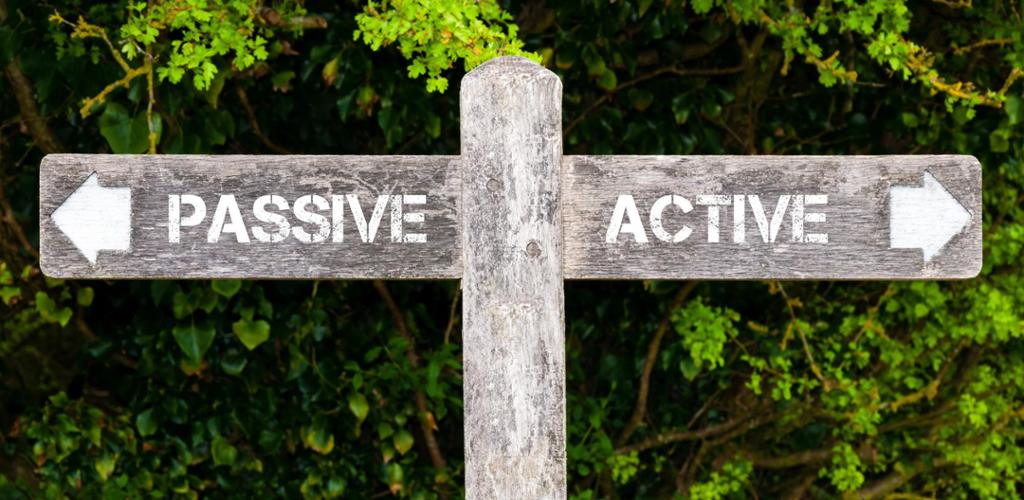Active vs Passive Voice

The choice between the active and the passive voice is one that causes trouble for many writers, including native speakers. As a general rule, you should try to use the active voice in the majority of your sentences since it is clearer and more direct. However, the choice also depends on the circumstances and what you want to emphasise.
First, let's take a look at the difference between them:
When using an active voice sentence, the emphasis will be on the person or agent that performs the action. Take a look at the following examples:
The cat chased the mouse.
The farmer counted the sheep.
The dog bit the man.
In these sentences, 'the cat', 'the farmer', and 'the dog' are the actors – they undertake the action described in the sentences, and they are also the grammatical subjects.
In the passive voice, the actors of the sentence play a less important role. They are moved to the end of the sentence. Instead, the subject of the sentence is now being acted upon.
The mouse was chased by the cat.
The sheep were counted by the farmer.
The man was bit by the dog.
Here, the grammatical subject of the sentences are 'the mouse', 'the sheep', and 'the man'. The ones who are actually carrying out the action are relegated to a prepositional phrase: 'by the cat', 'by the farmer', and 'by the dog'.
You will often hear that you should avoid the passive voice whenever possible because it is considered to be vaguer and weaker compared to the active voice. Also, the sentences often become longer and more cumbersome. The active voice, on the other hand, is often the preferred construction because it makes your writing stronger, clearer, and more direct.
However, there are times when the passive voice is useful, as shown in the three examples below.
Example 1: Use the passive voice when the actor is less important than the action.
The passive is the better choice if you want to focus the reader's attention on the action rather than the actor. It is often used in lab reports and scientific research papers because it turns the focus away from the researcher and more onto the research itself.
The experiment was repeated until there was certainty regarding the results.
The proposal was endorsed by the city council.
Example 2: The actor is unknown or irrelevant.
Sometimes, we don't know who the actor is, or the actor may be irrelevant.
The tickets were sold out in an hour. (We don't know who bought them.)
A solar power plant was built in the Australian desert. (It is not relevant who built it.)
Example 3: To be tactful by not naming the actor.
Instead of bluntly stating that 'You have filled in the form incorrectly' or 'They made a mistake', you can be more tactful and use the passive voice:
The form is filled in incorrectly.
Mistakes were made.
Use the active voice for the majority of your sentences. The active voice is more concise and direct than the passive voice, and it usually communicates better with the reader.
The passive voice can lead to convoluted sentence structures and misplaced emphasis, so use it sparingly and only when you cannot write the sentence in any other way. Reserve it for times when the actor is unknown or unimportant or when you want to focus more on the object of the sentence than the subject.
Guoskevaš sisdoallu
Tasks that will help you understand the difference between passive and active voice.